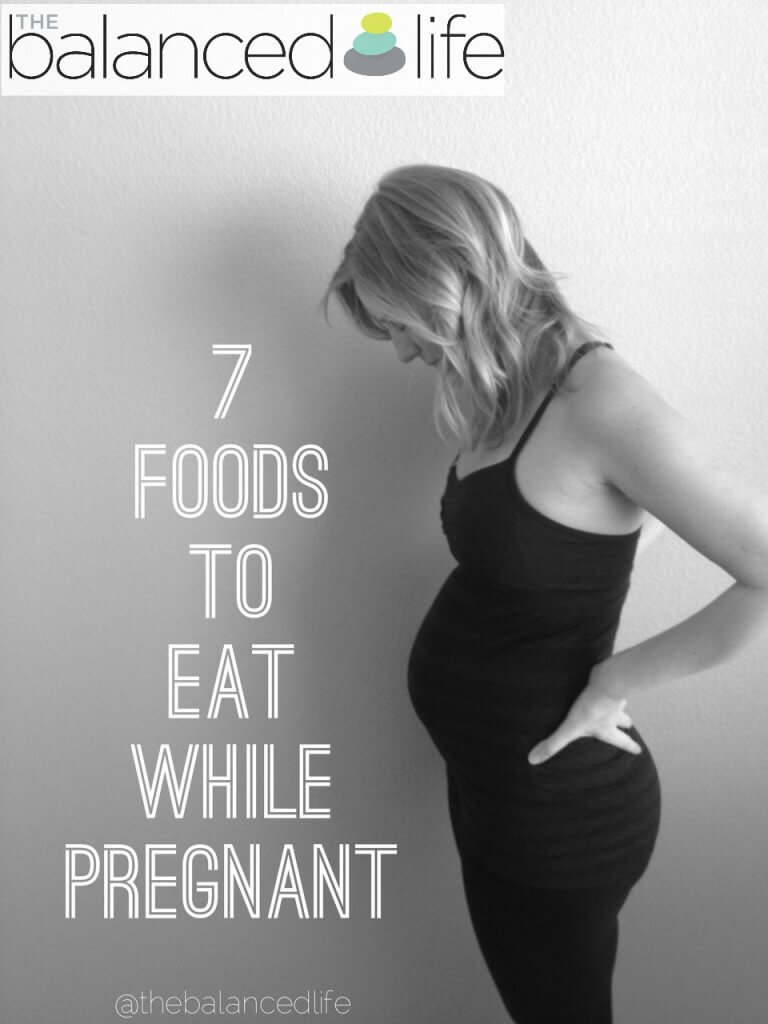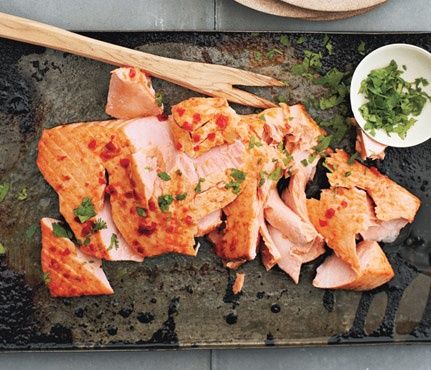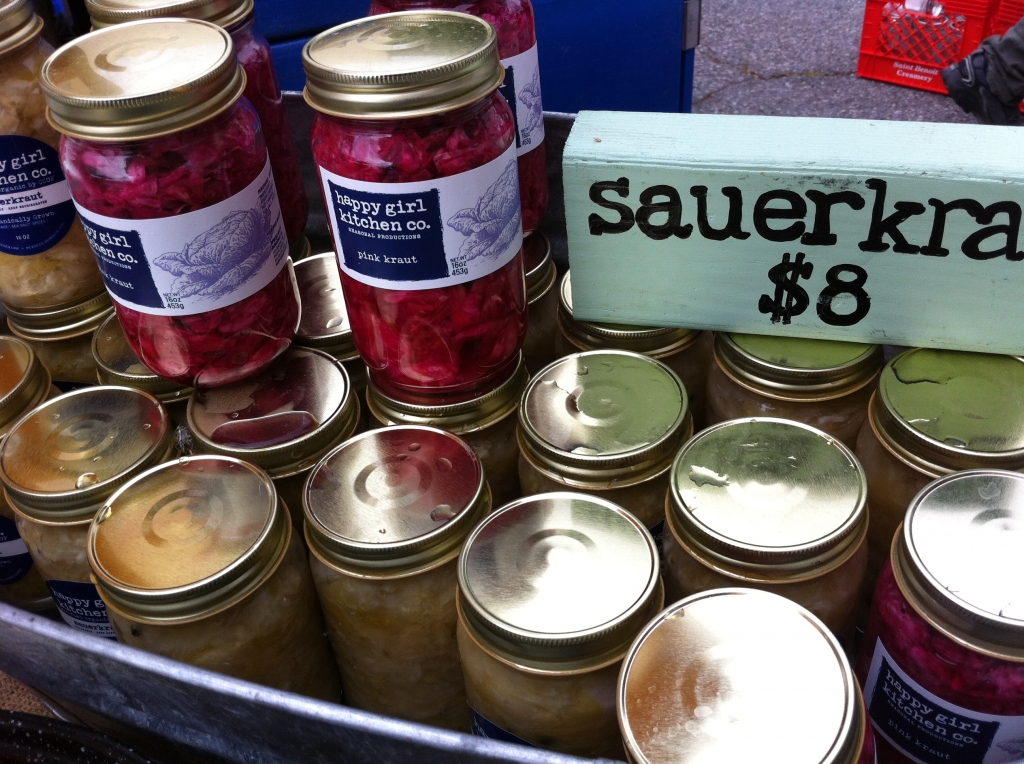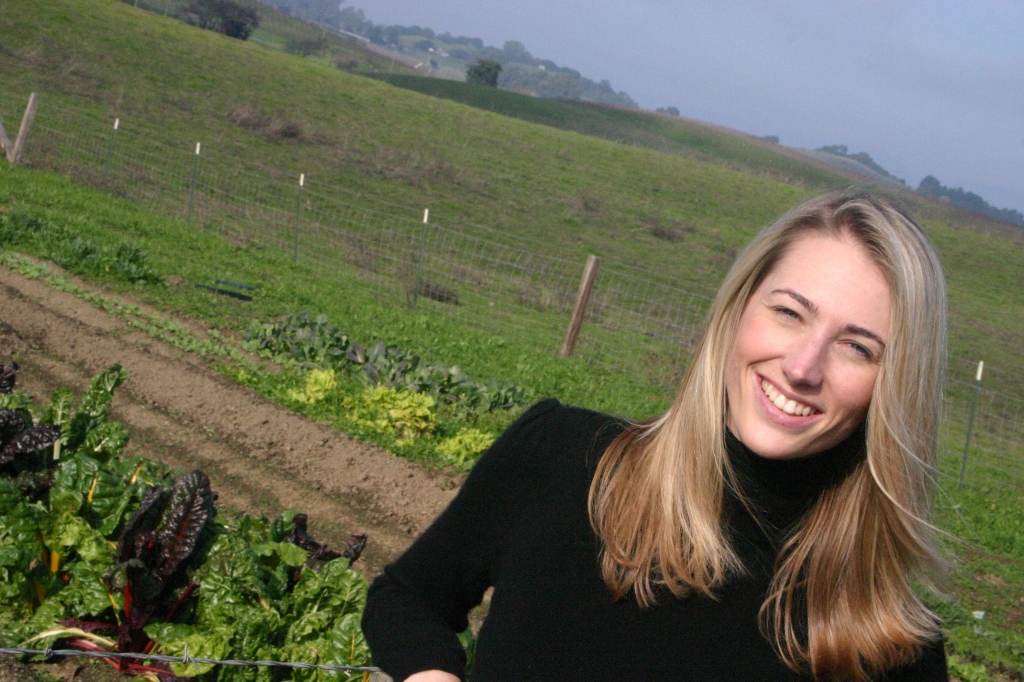
Blog
7 Foods To Eat While Pregnant
As you know, I’m a huge fan of Drew Parisi and her approach to health and nutrition. She is a friend of mine and is the mastermind behind The Pilates Body Program meal plan (happy kickoff day to all the new PBP beauties!).
I know many of you are thinking about conceiving at some point in the near future or are currently pregnant with a little bun in the oven. While I was pregnant I was frustrated by the amount of information on all the things NOT to eat while pregnant and lack of information on how to truly nourish your body and growing baby.
So I invited Drew to share her top recommendations of foods to eat while pregnant and trying to conceive.
7 Sacred Foods to Eat While Pregnant
As a nutritionist, I absolutely love when women go through the pregnancy phase because they become immensely interested (if they aren’t already) in what they eat and how they care for their bodies. Unfortunately, I find most pregnancy-related dietary advice to be lacking, focusing more on foods to avoid rather than foods to consume. The simple recommendation to take a prenatal vitamin is good, but can nutrition during pregnancy do more than just prevent abnormalities related to vitamin deficiencies?
While recent research studies are beginning to prove that prenatal nutrition can have a positive effect on a child’s long-term health, traditional cultures have believed this for a long time. In fact, many traditional cultures prized certain foods as sacred and fertility-enhancing, reserving them for young men and women upon the occasion of their wedding. These sacred foods were often types of animal fats or organ meats, foods that are not common in today’s American diet. Utilizing today’s scientific understanding of nutrition, we can begin to understand how some of these foods can impact fertility and the growth and development of a fetus.
In addition to the usual recommendations to eat plenty of fresh fruits and vegetables, protein, and whole grains, here are some nutrient-dense recommendations that we could consider “sacred” foods in today’s American diet.
1. Eggs and Egg Yolks
Eggs are a wonderful, easy-to-prepare source of protein and the yolks are filled with valuable nutrients like choline, cholesterol, and vitamins A, D, K, and E. Choose “pastured” eggs that come from hens that have been raised outside, eating grass and insects. Research has shown that eggs from pastured hens contain higher levels of vitamins A, D, and E and have a more favorable fatty acid profile.
How to enjoy: Scrambled eggs and omelets for breakfast; hard-boiled eggs in salads and for snacks; poach eggs in sauce or broth; add raw egg yolks* to smoothies, salad dressings, and homemade ice cream.
2. Butter
Butter is a fairly heat-stable fat and is a great source of vitamins A, D, K, and E as well as selenium, copper, zinc, and chromium. Butter is also a good source of the Omega-3 fatty acid DHA, which is necessary for brain development and function. Again, look for butter that comes from grass-fed cows as it has been found to contain higher amounts of certain nutrients and a more favorable fatty acid profile. If you’re sensitive to dairy protein or lactose, use ghee, which is butter with the milk proteins and sugars removed.
How to enjoy: Spread on toast; use to sauté vegetables, eggs, and meats; use in baking recipes; add to sauces.
(Gwyneth Paltrow’s recipe for Salmon with Sriracha and Lime)
3. Seafood
Seafood consumption during pregnancy has historically been controversial because of the fear of mercury toxicity. Recently, the FDA and EPA have issued a draft to update their advice on fish consumption. The new draft recommends pregnant and breastfeeding women consume a minimum of 2-3 servings of low-mercury fish per week, citing fish consumption as having a positive impact on growth and development. The beneficial effects of seafood are often credited to the omega-3 fatty acids found in fish, but fish is also an excellent source of iodine and other trace minerals that support neurological function.
How to enjoy: Use the NRDC’s Guide to Mercury in Fish to select which types of fish to feed yourself and your family. Be sure to enjoy plenty of oily fish like salmon, sardines, and anchovies.
4. Coconut Oil
Another healthy fat to add to your routine, coconut oil provides protection against infection, gives you plenty of energy without causing unwanted weight gain, and can nourish healthy bacteria in the colon.
How to enjoy: Coconut is very stable at high heat, so it is ideal for sautéing and baking as well as a great addition to smoothies. As a natural pick-me-up, coconut oil can be stirred into a cup of herbal tea for a morning or afternoon treat.
5. Bone Broth
Broth made from real bones of chicken, fish, of beef is rich in the amino acid glycine, which is conditionally essential during pregnancy. Usually our bodies make enough glycine to meet our basic needs, but during pregnancy additional glycine must be obtained through food in order to support healthy fetal growth. Homemade broth can contribute to the formation of strong bones, tendons, and connective tissue, and may protect the integrity of the digestive tract.
How to enjoy: Find a good recipe for homemade broth, make a large batch, and store 1-cup servings in your freezer for everyday use. Use the broth to make soups or sauces; cook grains like quinoa or rice in broth for extra flavor and nutrition.
6. Probiotic Foods
A child’s first exposures to the beneficial bacteria that will colonize his or her gut are in the birth canal and through the milk ducts. Foods that are rich in probiotics like raw* sauerkraut and other fermented vegetables, buttermilk, yogurt, and kefir play an important role in digestion and also keep potentially harmful microorganisms at bay.
How to enjoy: If you are new to fermented foods, introduce them slowly as they may cause loose stools or other temporary changes. Enjoy fermented vegetables with meals and add any juice from ferments to salad dressings, soups, or drink a shot for an afternoon pick-me-up.
7. Fats
I’ve already mentioned butter and coconut oil; can you tell that fats are important during pregnancy? Both the mother and the fetus need adequate fats during pregnancy and breastfeeding in order to nourish the brain, build the immune system, and synthesize hormones. Fats contain more calories per gram than proteins or carbohydrates, so adding additional fat to your meals is a great way to increase your calorie intake and help you feel full and satisfied. Many women with nausea and low appetite find high-fat foods more palatable than others. This is great news because fats will help stabilize blood sugar levels and reduce symptoms of nausea that are associated with low blood sugar.
How to enjoy: Include high-fat foods like butter, coconut oil, fatty fish, meats, olive oil, nuts, seeds, avocado, and full-fat dairy in your diet. Stay away from trans-fats which are found in fried foods and anything that contains hydrogenated or partially hydrogenated oil.
These recommendations are in no way meant to make you feel overwhelmed or guilty.
Many women experience nausea, decreased appetite, and fatigue during parts (or all) of their pregnancies and women with older children may not have much time to spend in the kitchen.
However, while these recommendations support a healthy baby, they also support a healthy woman. Women’s bodies were made to selflessly protect and grow a child and will give up stores of nutrients for the sake of the unborn child. In this sense, the child gets everything he or she needs in order to survive. Unfortunately for the mother, this can leave her nutritionally depleted and unable to handle everyday stressors.
In an ideal world, we would begin consuming these seven sacred foods when beginning to try for a baby and continue through pregnancy and breastfeeding in order to support good health for both our babies and ourselves. This isn’t always possible and even if it were, I wouldn’t hold anyone to a standard of perfection.
To start, simply choose one or two foods that you could realistically fit into your lifestyle and relax about the rest.
Our babies will start with baby steps and it’s okay for us to start with baby steps too.
A nutrition consultant and nutrition educator, Drew Parisi, NC supports adults, children, and entire families in nutritional and lifestyle modifications that provide real nourishment and real health, from the inside out. She loves helping people sift through those contradicting health claims to put individuals in control of their health through education, support, and nutritional therapies based on each person’s unique biochemistry. Drew lives and works in Silicon Valley, California, but enjoys working with clients all over the world as they participate in her online programs.
Keep up with Drew by following her on Facebook // Instagram // Pinterest // Twitter.
xo,
PS: looking for more Motherhood Monday posts? Click here. You may also enjoy my online prenatal Pilates program designed to help you embrace your changing body and keep your mind free of stress.
*Consuming raw or undercooked food may cause illness and while many people discourage consumption of raw foods during pregnancy, many women choose to continue carefully consuming raw foods for their nutritional value. Please consult with your doctor to make an educated decision about your personal pregnancy diet.
share this post
Helping You Break Free!
Get your weekly delivery of inspiration—Pilates, nourishment,
& mindfulness—changing your relationship with food and your body.















4 thoughts on “7 Foods To Eat While Pregnant”
Thanks for inviting me to share with your Balanced Life Beauties Robin! xo
Hi! I just found your blog and I really like it!:) just one thing, liver is NOT good for you when you’re pregnant it contains absolutely too much of vitamin A which can be damaging to your baby. I live in NYC and have a professor as my Ob and I have also spoken to a lot of nutritionist. So for your health and for your readers please remove that from the list. Vitamin A can come from other proteins but just not liver itself.
Hugs and thanks for a great blog!
Best// Emelie
Instagram@emelieleontine
Hi Emelie!
Thank you for sharing your thoughts and experience I am looking into it and will make the changes that need to be made! xo,
Robin
What a great piece! Having just found out I’m pregnant, I was so encouraged to see things I am inclined to eat anyway, and that I can picture working into my day without a massive overhaul. Thanks, Drew and Robin!